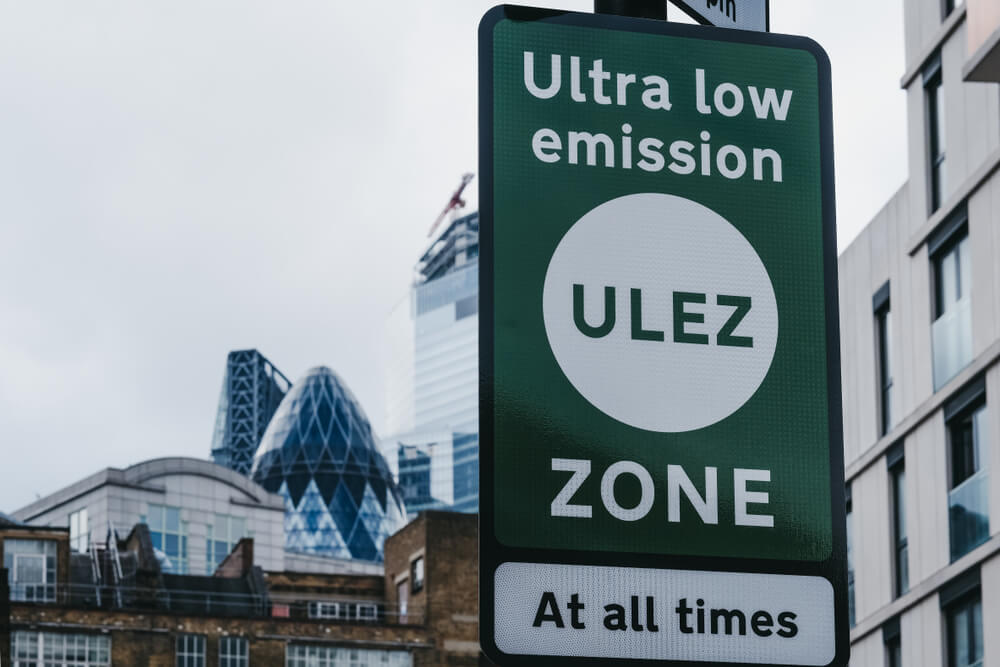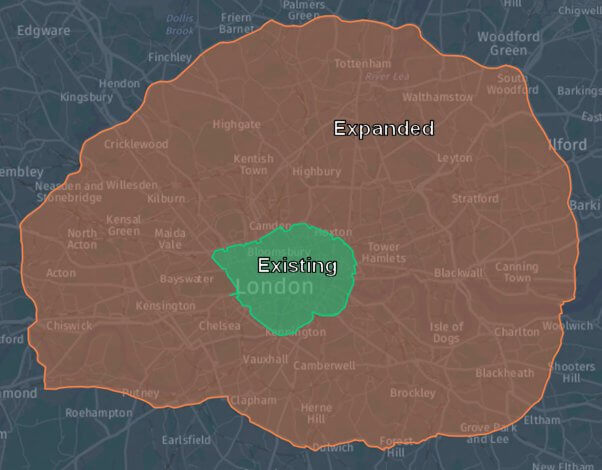
At a time when budgets are under so much pressure, facilitating Home to School Transport (HTST) efficiently has never been more important. Millions of pounds are being unnecessarily spent on passenger transportation, with limited efficiencies or cost-cutting initiatives in place through a lack of supporting technology or tools.
With spiralling costs, tightened budgets and limited capacity, local authorities are struggling to delivery their statutory obligations. So, what can be done to save costs while optimising HTST capabilities?
Most substantial challenges local authorities face with Home to School Transport (HTST)
- SEND costs are set to triple to £1.125 billion over the course of a decade, according to the Isos Partnership for the County Council’s Network
- Havering Council is spending £6.5m per annum on transporting 420 pupils, resulting in £2,500 per pupil
- Birmingham City Council is currently spending £19.4 million on transporting vulnerable children to school
- Norfolk County Council is spending £40m to arrange buses/taxis for 4,100 children with extra requirements, or more than £9,700 per child.
Local governments must find ways to:
- Efficiently plan routes buses to minimise contracts and private taxis
- Deliver safe and reliable service to pupils
- Ensure safeguards are in place to protect vulnerable pupils
- Establish communication with parents, schools and councils
- Offset increasing council deficits through efficiency savings.
What CACI technology solutions can help local authorities overcome these challenges?
Pin Routes: Route planning & optimisation
As a next-generation route planning and optimisation software, Pin Routes helps local authorities plan and optimise routes for school transport. It is cloud-based, scalable software that features advanced algorithms and a state-of-the-art user interface, with functions including strategic analysis and static (periodic) and dynamic (daily) planning.
Pin Routes considers the individual needs of each child, special school requirements, vehicle capabilities, provider capacities and driver skillsets to help achieve lower costs and carbon emissions.
Pin Live: Live route management
This live route management software ensures all parties stay informed in real-time, giving parents and schools peace of mind with up-to-date information, keeping local authorities in control and simplifying the process for drivers and service providers.
Acorn: Consumer segmentation
CACI’s consumer segmentation tool, Acorn provides demographic, lifestyle and behavioural insights of pupils. Acorn unlocks detailed insights about families’ financial backgrounds which can be used to determine those pupil households who could contribute towards transportation costs. Access to this data equips local authorities with additional capabilities to better assess pupils’ eligibility for school transport while at the same helping the Council to meet with its statutory obligations.
Longer-term benefits local authorities will enjoy with CACI’s data and technology solutions
Saving operational costs:
- Councils will have more time to effectively plan at a strategic level
- Vehicles can complete more tasks
- Pin Routes will ensure councils can undertake ‘what if’ analyses for future scenarios to uncover and implement strategic efficiencies
- Inputs can be scaled up and higher volumes of transport can be supported each year.
Improve efficiencies:
- Planners and schedulers can prioritise journeys quickly, effectively and on a regular basis
- Transport providers can take the most effective routes between homes and schools to save on fuel, mileage and drivers’ hours
- New tasks can be imported as they are booked and teams can pick these up as part of their existing plans, ensuring the right tasks will be prioritised.
Improve ESG and resident-centric operations:
- Councils can be confident in delivering a consistent service to residents
- Journeys will be made efficiently, reducing the spend on fuel and vehicle maintenance. Monthly cuts in CO2 emissions will also be recognised.
- Enhanced scheduling and routing will increase driver and resident satisfaction as journeys are prioritised and optimised.
CACI is already a trusted data partner to the public sector and has a proven track record of delivering cost-effective, sustainable logistics solutions to organisations within the private sector. Whether through our innovative software and communication technology like Pin Routes, Pin Live and Acorn, our expert consulting services or our innate public sector knowledge and experience, we are committed to supporting your organisation in achieving its goals.
For further information on how CACI can help transform your route optimisation operations, please register here.















